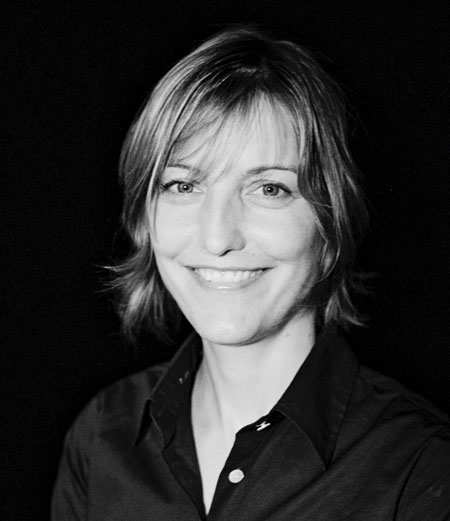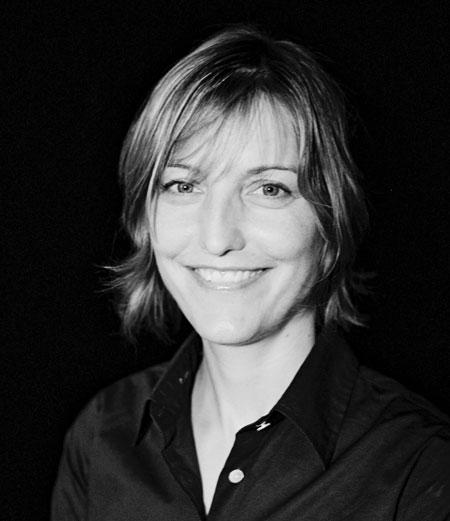
Britt Salvesen came to the museum earlier this month from the University of Arizona’s Center for Creative Photography in Tucson, where she was director and chief curator (as well as organizing curator of New Topographics, on view now at LACMA). In her new role at LACMA, she’ll head up our Wallis Annenberg Photography Department as well as our Prints and Drawings Department. What better way to welcome her than to grill her?
When I was on a walkthrough of New Topographics with Michael Govan last week, he commented on a trend—the exhibition as art—that I thought was very interesting. Can you tell me a little about that phenomenon?
We’ve seen some really seminal shows come to life again recently. New Topographics is one of those, as is The Pictures Generation, which was on view at the Met earlier this year. One reason to revisit these shows, New Topographics in particular, is because the original exhibition, which ultimately has become a chapter in the history of photography, didn’t have a huge audience. The tour started off in Rochester and the accompanying catalogue was quite small. No one was expecting it to become a definitive show that embodied a particular style. So it was time to ask, what can we learn by looking at these images again?
Would you actually use the phrase “New Topographics style”? And if so, what does it mean?
It has emerged as a useful category in today’s vocabulary, though the original work wasn’t intended to forge a style. New Topographics tends to be shorthand for photography that depicts the built environment, human impact on land. It also implies something harder to define as clearly—an objective viewpoint and also a serial approach, an assumption that a single image cannot necessarily capture all aspects of a subject.
What are your initial thoughts on L.A. from a professional perspective so far?
I oversee two departments—the Wallis Annenberg Photography Department as well as the Department of Prints and Drawings—and L.A. is unique in its productive disregard for traditional disciplinary backgrounds. There are powerful precedents of that kind of thinking here. John Baldessari is an artist, for example, who has been working in a variety of media for his entire career. I think, at museums, we can always learn from artists and their ability to create through juxtaposition, contrast, and invention.
And what about personally? Do you have any L.A. favorites yet?
I’m getting to know my way around as I drive to gallery openings in Culver City, to universities, and to other museums. I love the energy here—it used to be people left L.A. for New York and now it’s the opposite for career and quality of life reasons. So far, I’m really enjoying the farmers markets and the restaurants, which are great. I have to say, the fresh produce here is just amazing.



